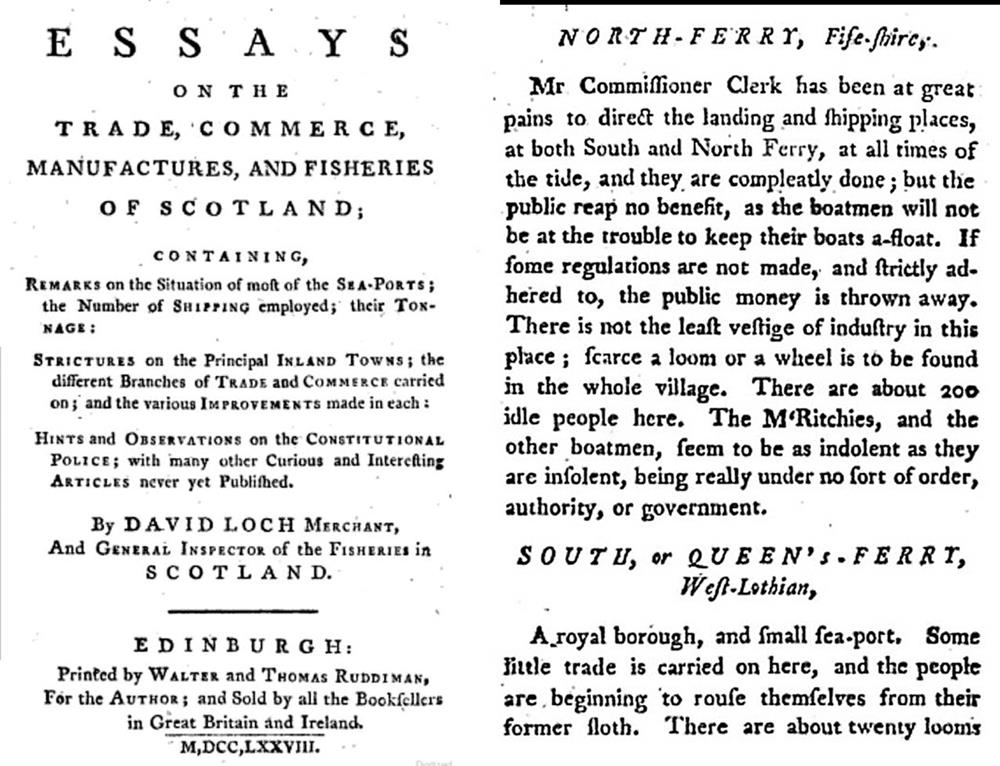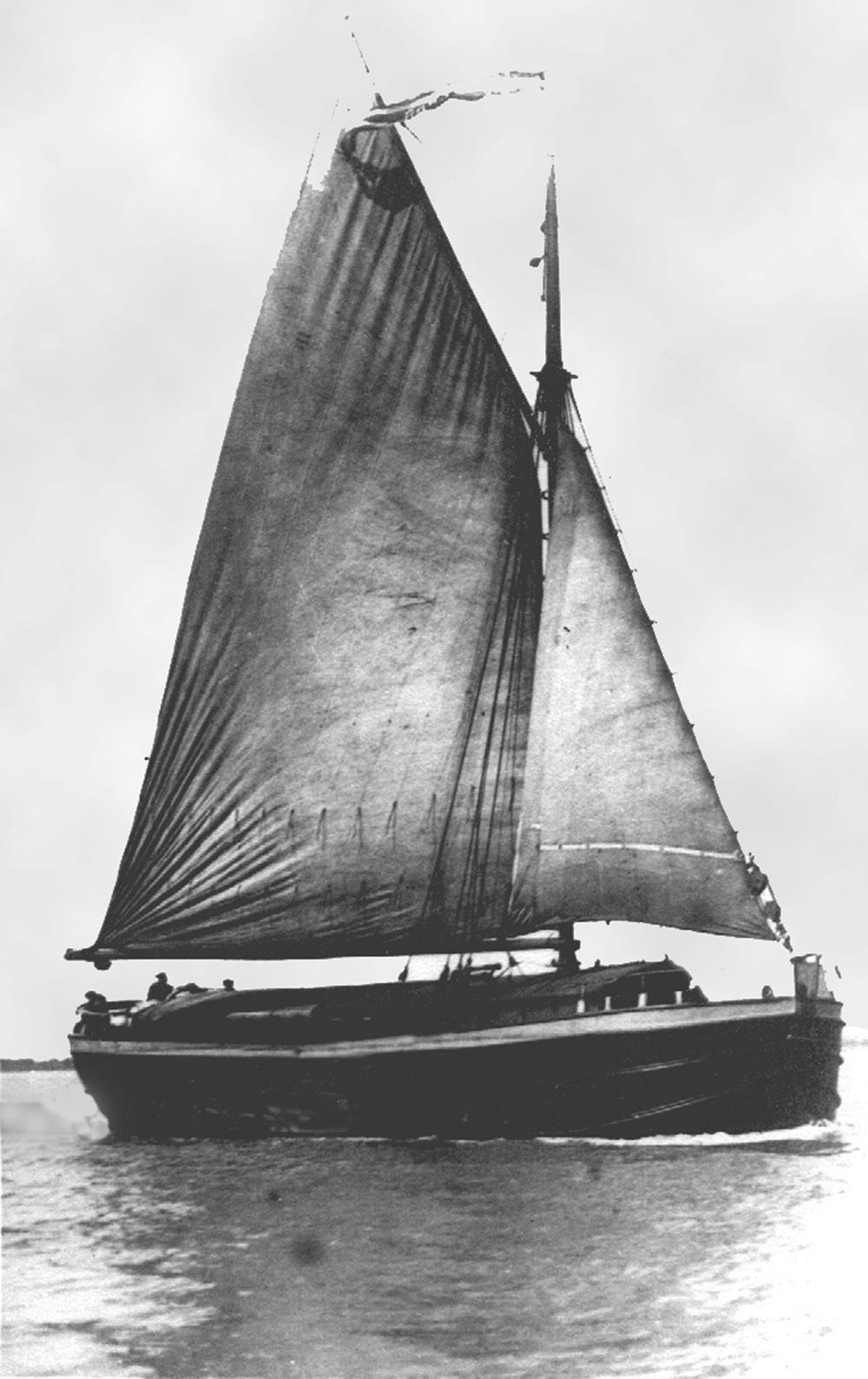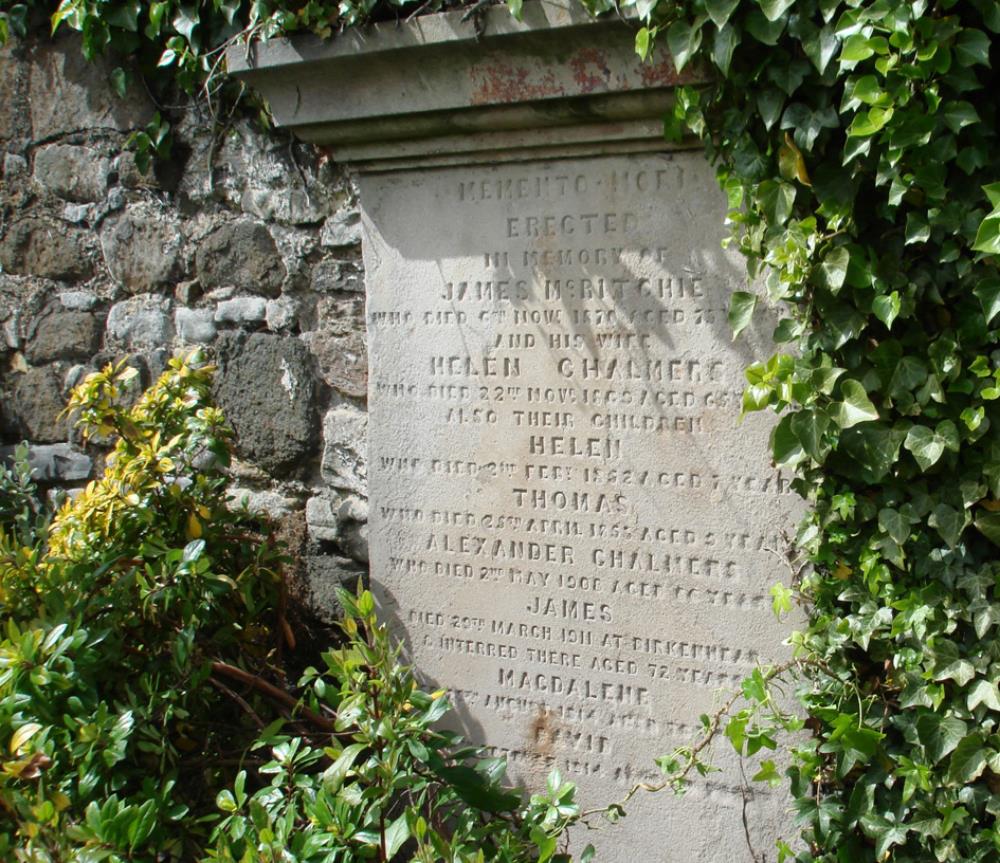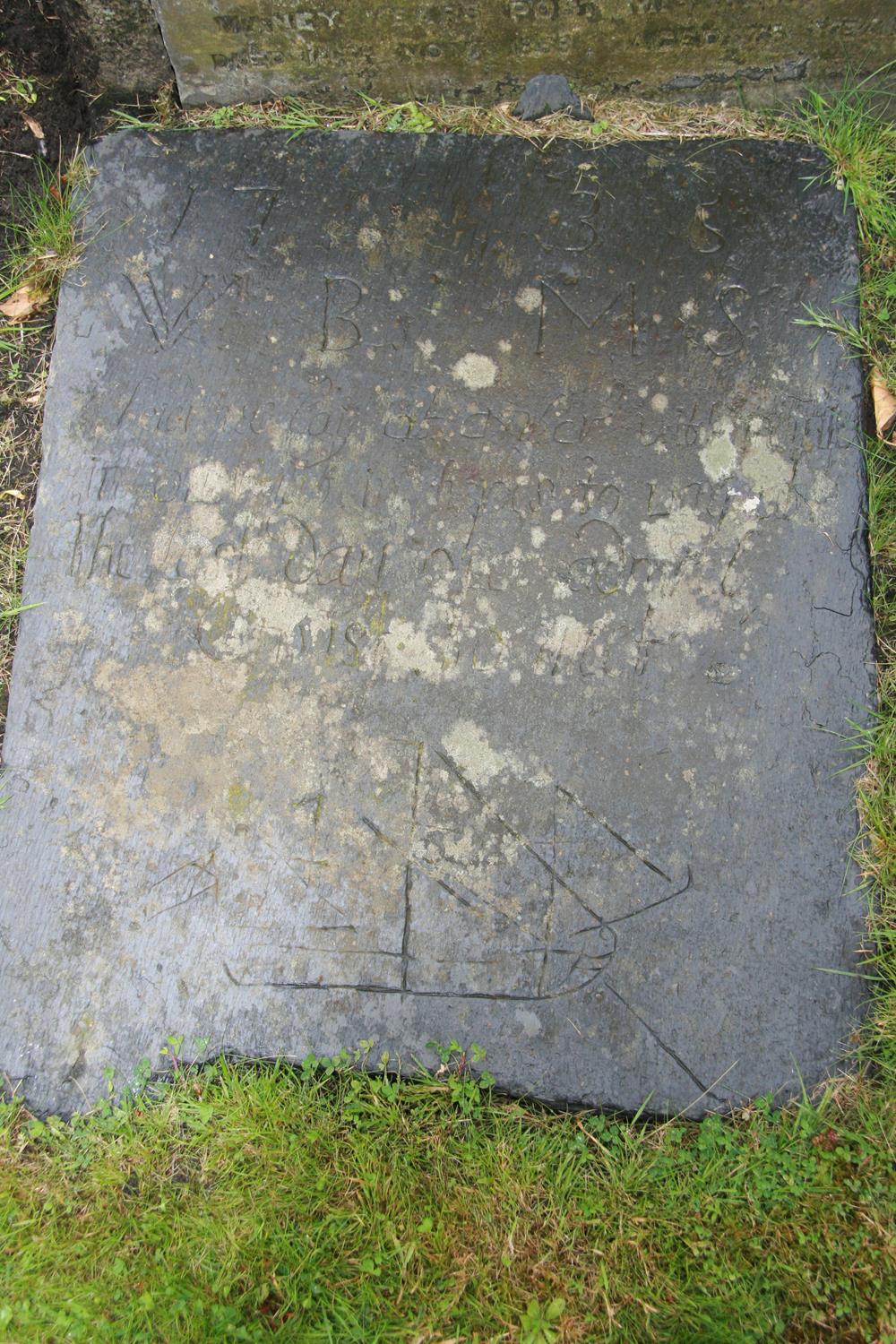Life as a ferryman: the villagers who shared everything
| < Village Life | Δ Index | Daily life in North Ferrie > |
The Admiralty Court at Dunfermline in 1749 decreed that the tacksmen (lessees) of the Passage should keep four good yawls in navigable condition, to be inspected quarterly by a carpenter and sailor who would report back to the Court on each occasion. The tacksmen would nominate as Masters four of the best sailors, and the Master would also take responsibility for the ‘ferry silver’ or revenue. By 1775 a turnpike, the motorway of its day, was built between Perth and North Queensferry to speed the increasing numbers of coaches as the Queensferry Passage, like the Great North Road being constructed from London, became “the most frequented ferry in Britain”.
With more than 60,000 horses, cattle and sheep being driven to the pier each year the streets were inches deep in organic fertiliser, essential to the harvests of the time. Among the Inverkeithing Deeds in the National Archives is a 19-year lease by John McRitchie, sailor, North Queensferry, of half of the lands of Ferryhill, dated January 27, 1733. John undertook to labour and to manure the lands.
Early in the 19th century the Government financed major harbour improvements supervised by the celebrated civil engineer John Rennie. Before these works tides and winds would decide where the boats set down the travellers, who then had to struggle over the rocks to dry ground perhaps a mile or more either side of their destination.
Life was hard for the sailors, as the sailing was only part of their job. Boats had to moor overnight at North Queensferry for the safety of its harbour, for on the exposed south side the landing place was “a heap of stones jostled and separated from one another”, according to one old record.
“Bad as it is, the sailors must needs resort to it six times a week, late at night and early in the morning, for the purpose of taking aboard or setting ashore the Mail. In winter they are compelled to scramble in the dark bearing a load of between 16 and 22 stones, over a track of stones lying in disorder and covered with seaweed, with sea water washing between them”. This weight converts to 100 to 140kg. Today’s Royal Mail postbag should not weigh more than 16kg.
Some accounts describe the Forth crossing as being fast and efficient, others as being slow, disagreeable and dangerous. One reported that the service was dependent upon “the mood and temperament of the ferriers who, when the fit was upon them, might refuse to lowse from their moorings”.
Unkind persons might say that such reports could reflect certain McRitchie family traits, and in 1778 the traveller and writer David Loch observed: “The McRitchies and the other boatmen seem to be as indolent as they are insolent, being really under no sort of order, authority or government”.

The Rev. Andrew Robertson was more charitable (or more fortunate) in 1791, writing that: “The passage is safe and expeditious, and may be had at all times, excepting in a very few cases; and this only happens from high winds, together with particular and unfavourable times of the tide. There was a large boat overset some years ago, occasioned by a sudden squall, and its being fully loaded with black cattle; the boatmen were lost, and also the passengers”.
The crossing at the narrows between North and South Queensferry is about 1.2 miles (2km) long, and is far from being an easy one. Tides in the Firth run up to nine knots and produce 16 different currents across the Passage. The prevailing westerly winds are funnelled by higher ground on each side, so most crossings involved a cross-wind tack. Even today’s powerful motor ships can have problems when the tide is running.
So the Forth boatmen were highly skilled and had to serve a lengthy apprenticeship. Just how skilled was demonstrated in 1788 when they were replaced by naval personnel following a series of disputes with passengers. The Royal Navy was totally at sea in the difficult Firth waters, as Mercer’s History of Dunfermline records:
“The seamen from the Royal Navy, however skilful in other respects, were unable to navigate the boats here. Frequently they durst not venture out in gales of wind, which were despised by the native boatmen who, to demonstrate their own superiority, sailed back and forth with ease and safety in their own private fishing-boats. The passage boats were driven ashore, sometimes above and sometimes below the proper landing places, to the great terror and annoyance of the passengers … so the new plan was abandoned, and the inhabitants of North Queensferry restored to their ancient possession”.
In June 1823 the will of John McRitchie, mariner, North Queensferry, “faithfully drawn up by his eldest son David McRitchie, mariner, North Queensferry”, lists the sale of the sloop named “Friends of North Queensferry, whereof the Master is Thomas Chalmers”. Thomas would become my great-great-great-greatuncle.
 No pictures of the Queensferry sailing vessels have survived, if indeed any were painted or taken. This is a Humber sloop similar to the “Friends of North Queensferry” owned by John McRitchie
No pictures of the Queensferry sailing vessels have survived, if indeed any were painted or taken. This is a Humber sloop similar to the “Friends of North Queensferry” owned by John McRitchie
(d.1821)
Steam arrived in 1820 and while the early steamboats could not carry carriages and other big loads they could tow two or three sailboats against adverse winds or tides, leaving them to make return crossings under sail. But the McRitchie family lacks any mechanical bent to this day, and our link with the 800-year-old Passage ended on the death of my great-great-grandfather James in 1870.
 The McRitchie family headstone in the Sailers cemetery
The McRitchie family headstone in the Sailers cemetery
The last McRitchie in North Queensferry, my great-great uncle David, retired shipwright and former deepsea mariner, died peacefully in his home in 1914. My forefathers rest forever in the Sailers Cemetery, with generations of the sailing families in graves unmarked except for a weathered slate slab bearing a simply carved drawing of a yawl and the epitaph:
HEIER WE LAY AT ANKER
WITH MENIE IN OUR FLEET
IN HOPES TO WAY AT THE LAST DAY
OF OUER ADMIRAL CHRIST TO MEET

| < Village Life | Δ Index | Daily life in North Ferrie > |